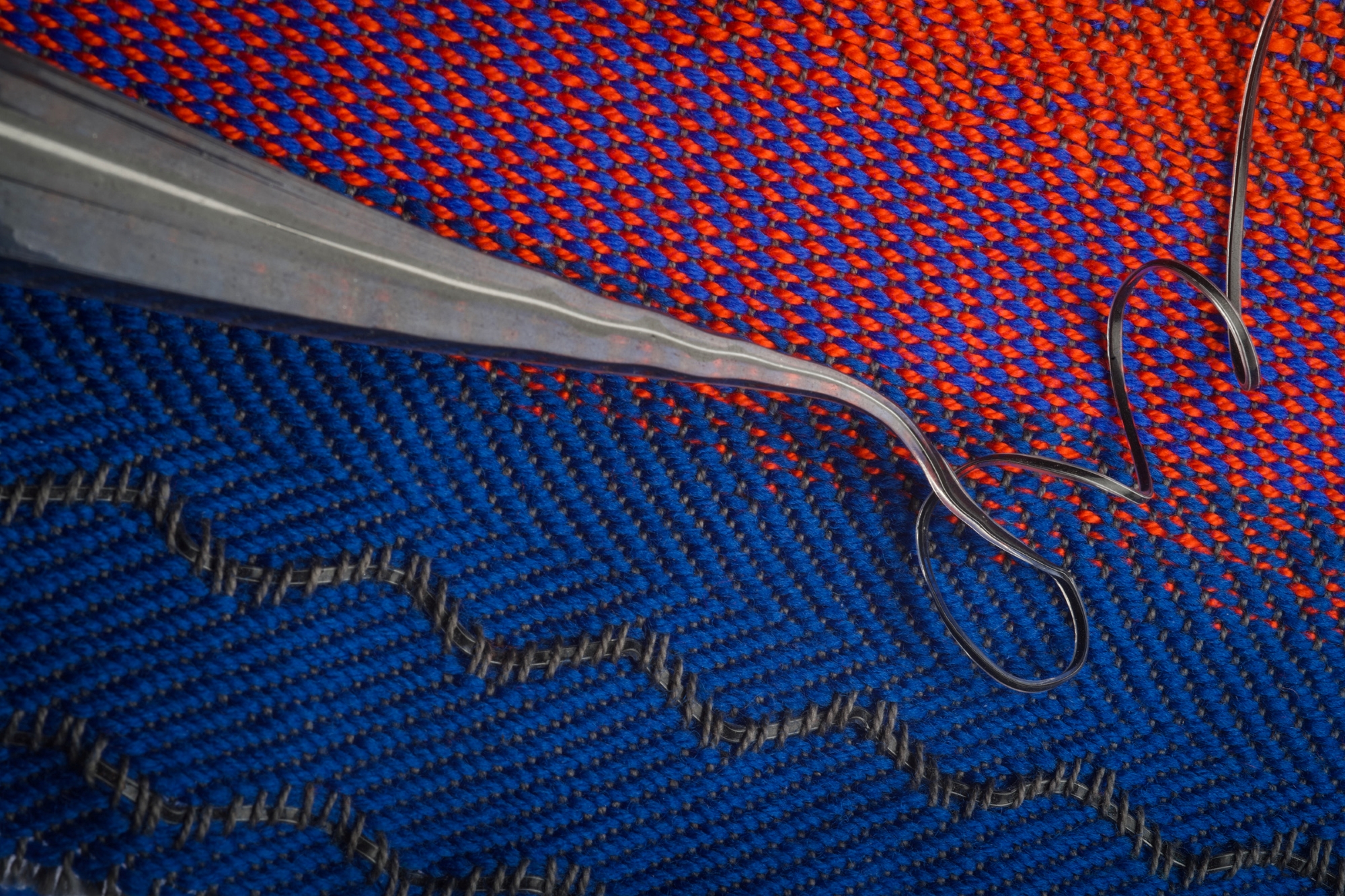

We may earn revenue from the products available on this page and participate in affiliate programs. Learn more ›
It’s true—researchers from the Massachusetts Institute of Technology and the Rhode Island School of Design have created a microphone out of literal whole cloth. Their fabric microphone can detect and transmit sound waves, then convert them into electrical signals inside the cloth itself. Though the cloth can transmit sound and electrical signals, eventually, an external hardware is needed to process those signals. Their research is published today in the journal Nature.
The clothes we wear are silent sentinels to our daily prattle and privy to the going-ons of our body. “They hear everything,” from our breaths to the blood whooshing through our veins to the beating of our hearts, says study author Yoel Fink, a material scientist and electrical engineer at the Massachusetts Institute of Technology. He thinks that the wearable microphone can be used as sensors to probe our bodies’ inner soundscape, which could have reverberating implications in healthcare monitoring. “In principle, could we give a person access to the soundtrack of their life?” Fink suggests.
Sound is transmitted through the air as pressure waves. The magnitude of these pressure fluctuations hovers at less than a millionth of atmospheric pressure—these tiny vibrations are measured on the order of nanometers. Yet our ears pick them up so well. The complex machinery that makes up our ears translates the ripples of sound waves that hit the eardrum into electrical signals for the brain to interpret, allowing us to make sense of our world.
Inspired by the construction of the ear, Fink’s team has designed a fabric that can similarly thrum in the presence of sound waves. While most fabrics dampen sound—think about how the insides of concert halls and theaters are usually lined with rugs and velour to quash echoes—Fink’s team aimed to create a material that captures infinitesimal acoustic vibrations and retains them. “We wanted something that bends with the waves,” says Fink, unlike a rigid wooden plank bobbing on the surface of water. “If you put a log in the water, the log may go up and down, but it won’t bend with the waves.” What the researchers fashioned instead more closely resembles impressionable seaweed. “We created a fiber that is flexible, but also when [it bends], it creates an electrical circuit,” he adds.
Key to the researchers’ design is a thread that’s laced with piezoelectric polymer and nanoparticles. Both these materials can generate electric charge when they are deformed, such as under the onslaught of vibrations from the environment. When sound waves force these piezoelectric components to twitch, they produce electricity in response. Layers of electrically conductive polymer and copper microwires embedded in the thread ferry this electrical current along the length of the strand for eventual signal readout. The entire fiber is encapsulated in a stiff rubbery cladding that concentrates the vibrations on the piezoelectric center of the thread and enhances the sensitivity of the thread to sound. The resulting filament is a mere fraction of a millimeter, about ten times thicker than human hair or a wool thread.
The researchers wove this fiber into cloth, transforming the entire sheet into one gigantic eardrum. Fink estimates that a single, embedded four-inch-long thread is enough to convert our attires into a listening device. And the fabric is wearable and machine washable.
Stitching the cloth into t-shirts, the researchers demonstrated several applications of their material. The garment was able to discern the sounds of leaves rustling, birds chirping, and hand clapping. Experiments showed that the cloth was sensitive enough to measure the direction the hand claps came from. In reverse fashion, the cloth was also able to broadcast sound that even wearers can hear unassisted and directly from the garb itself.
Moreover, the material could function as an on-skin stethoscope. Resting on the heart, the fabric could listen in on cardiac signals, which could potentially convey information on the wearer’s health. Fink imagines a future where the apparel could be used to monitor fetal health in soon-to-be mothers.
The research is one step towards realizing computers on cloth, which is Fink’s long standing goal. Besides emulating the computer’s audio system on cloth, he hopes to ‘fabricate’ other digital operations, such as information storage and on-fabric signal processing. Portable computers don’t need to be boxy in design, the way our phones and tablets are—they can be a part of everyday wear, he says.
“The richness of the emotional dimension associated with fabrics and their aesthetics is as rich as human history,” says Fink. His team’s latest work strikes a chord with his fascination for incorporating technology into fashion.
“Computers are going to really become fabrics,” he says. “We’re getting very close.”